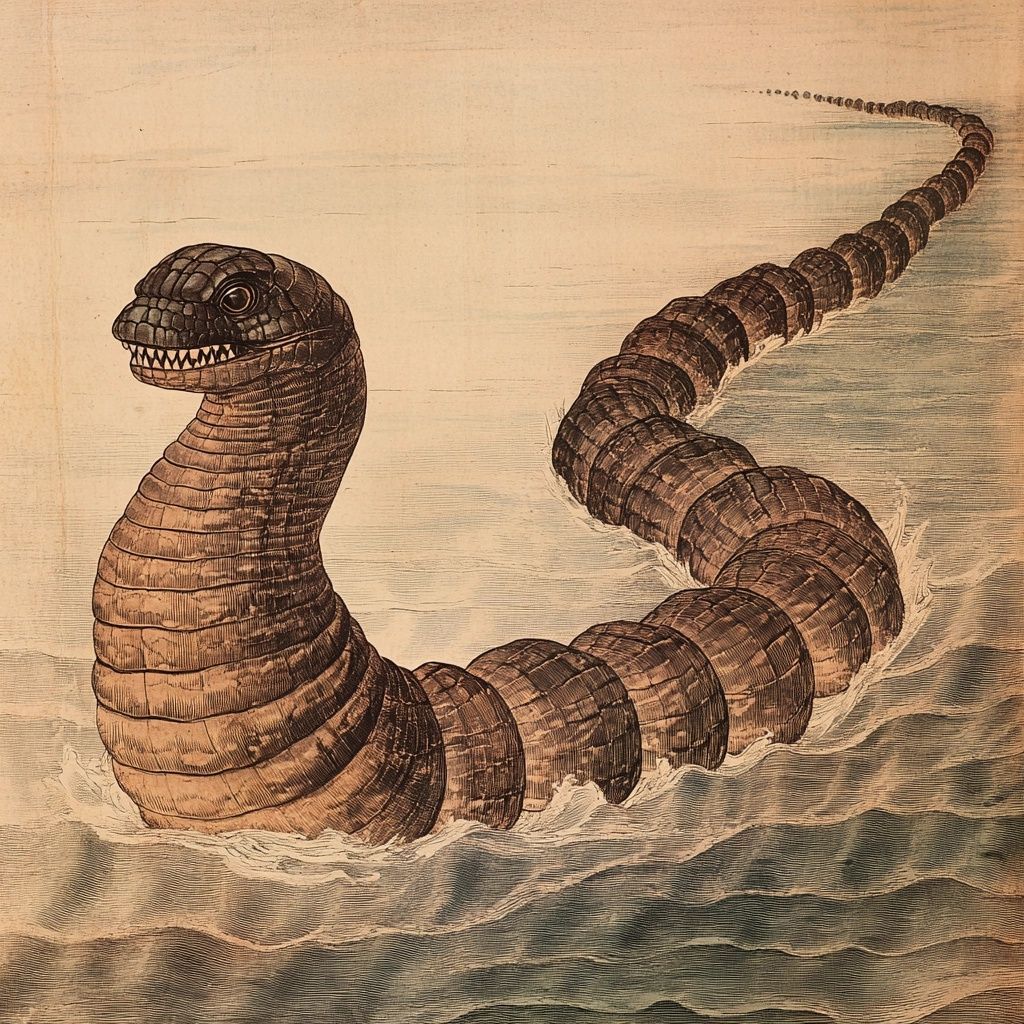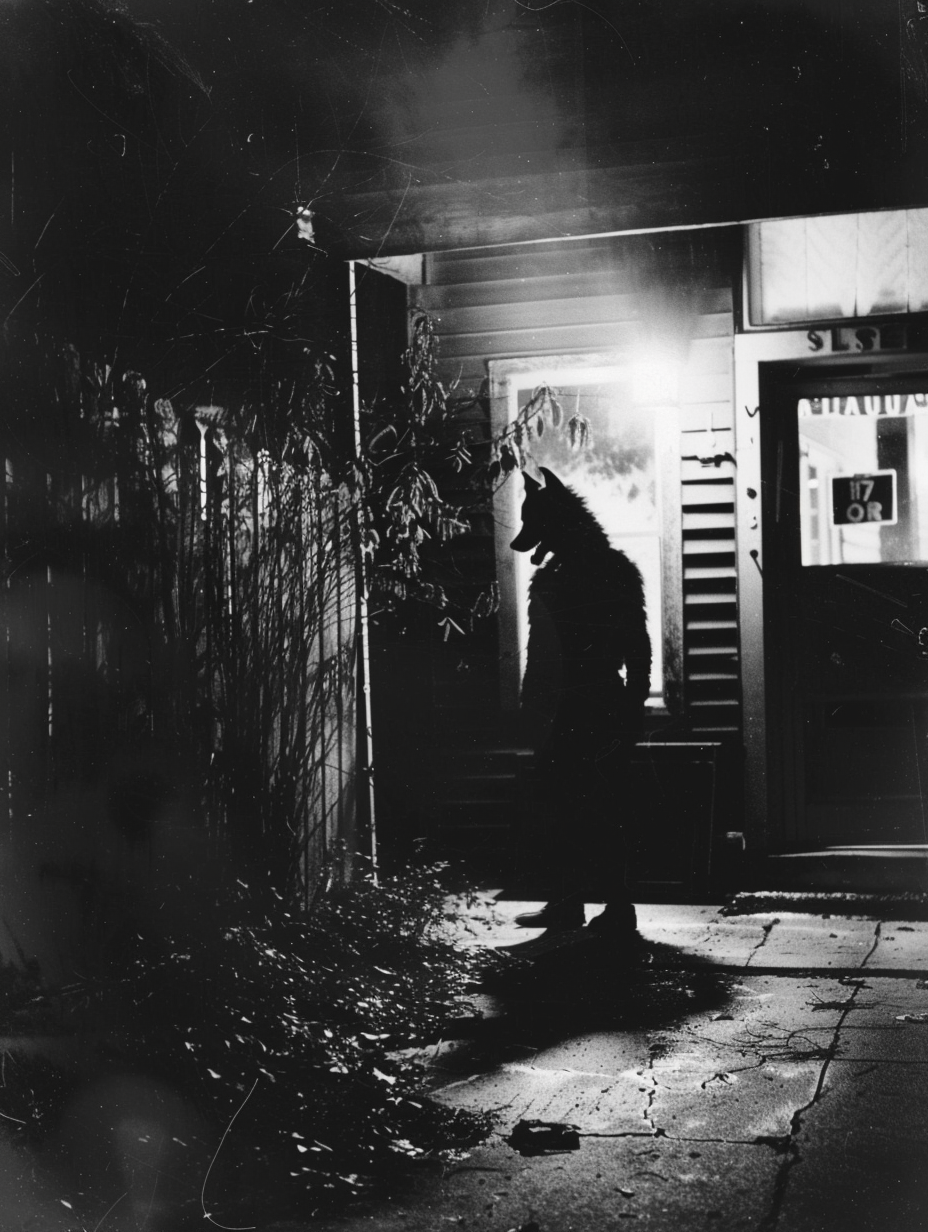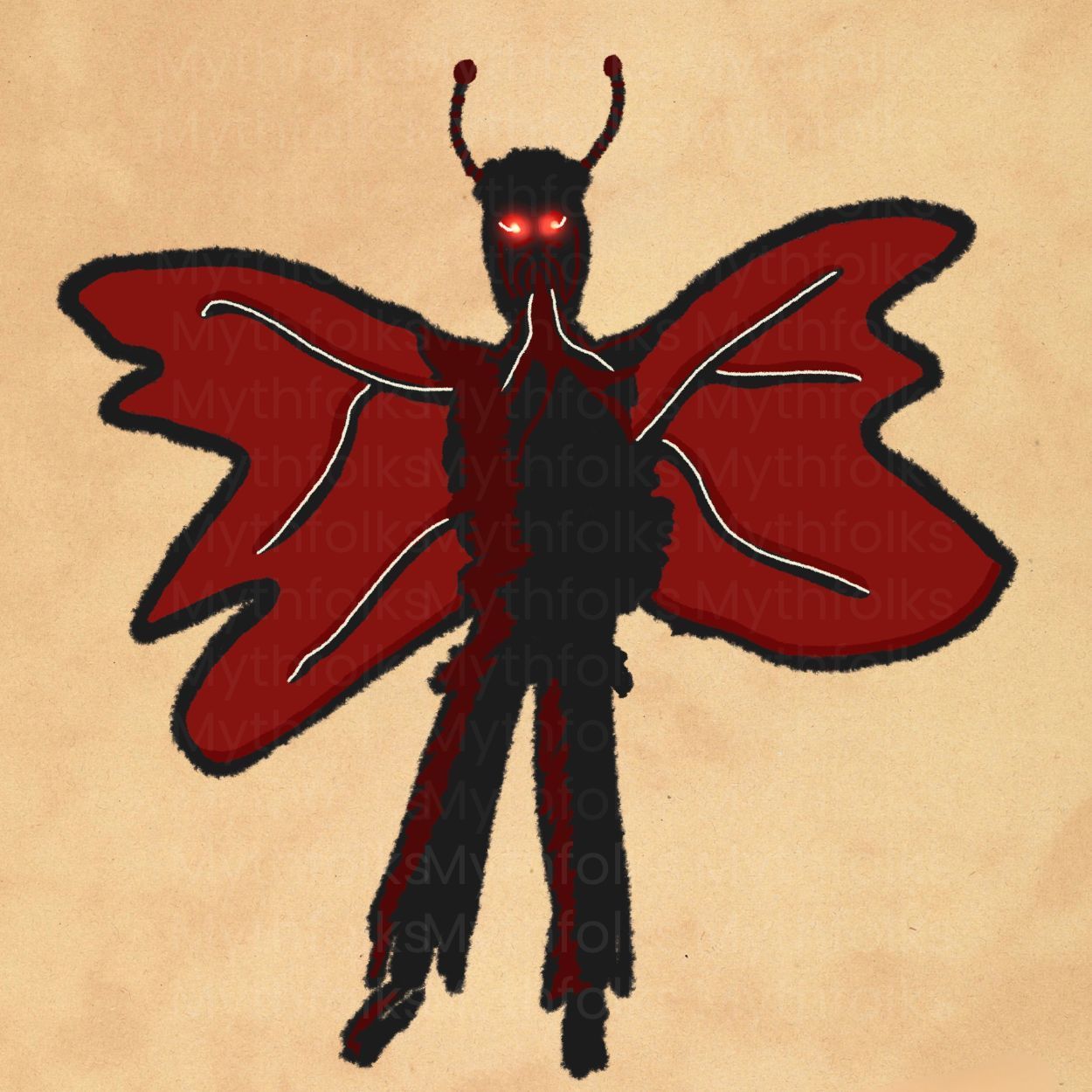Stories of water cryptids abound in coastal regions of countries all over the world.
And this Icelandic cryptid lake worm is one of the oldest, with reports dating back to the 14th centrury.
Let's see what it's all about.
Key Facts at a glance:
Mythology:
Icelandic
Folklore type:
Legends
Creature type:
Cryptid, Lake Serpent
Also called:
Lagarfljót Worm, Icelandic Lake Worm
First recorded sighting:
1345, Icelandic Annals (written record of the creature’s existence in Lagarfljót)
Most famous sighting:
2012, viral video footage from Hjörtur Kjerúlf near Egilsstaðir
Estimated length:
30–90 feet
Distinctive feature:
No distinct facial features
Witnesses:
Hundreds of reports spanning over 700 years
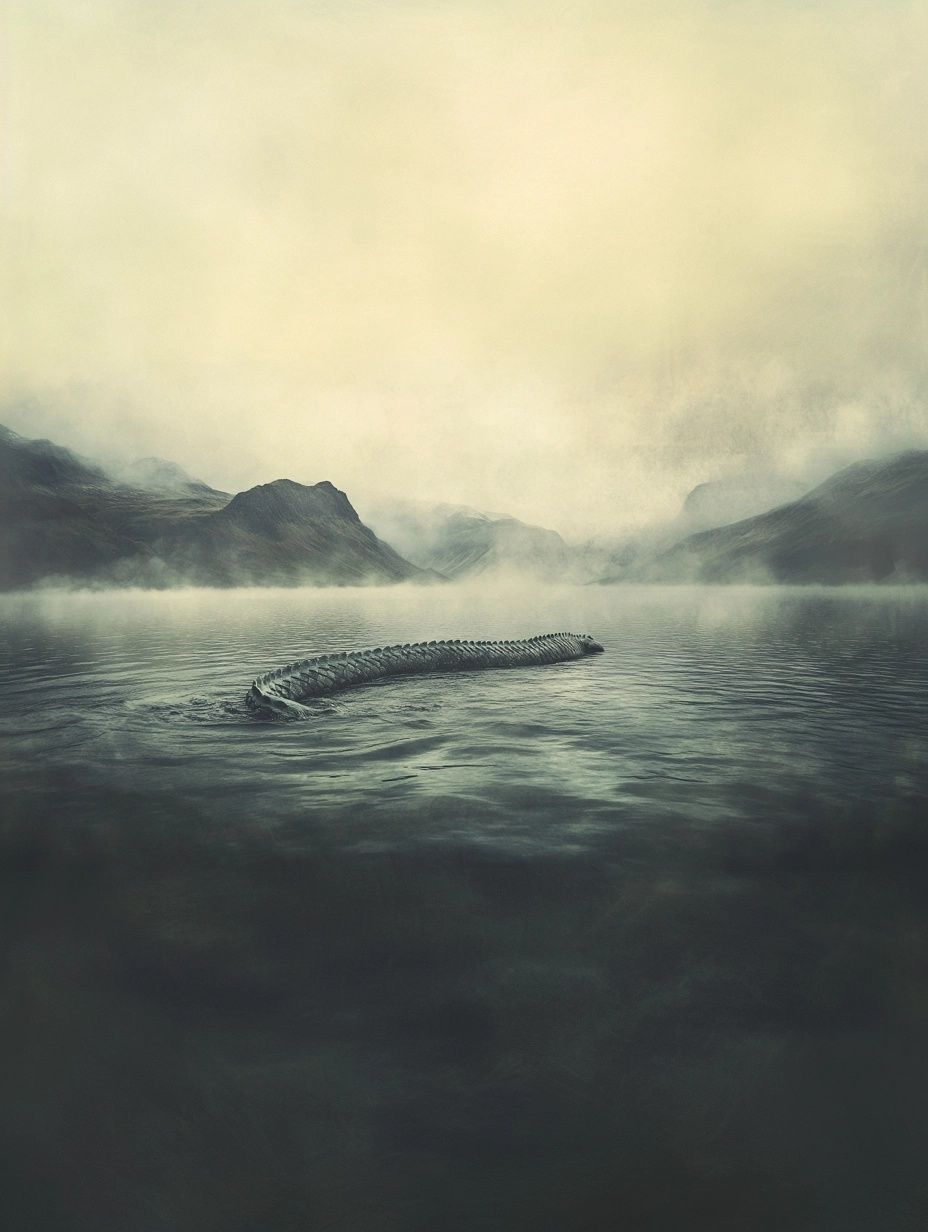
Physical appearance and characteristics
Accounts of Lagarfljótsormurinn vary, but like other serpent-like water cryptids, most describe a creature moving in undulating motions just below or above the water’s surface. Common features reported include:
- Elongated body, often described as segmented or coiling.
- Humps or ridges, breaking the surface before disappearing.
- Mottled or pale coloration, sometimes compared to driftwood.
But unlike traditional depictions of dragons or sea monsters, it’s not said to have visible limbs or facial features, and descriptions of its movement often suggest a ridged or rolling motion rather than swimming in a linear path.
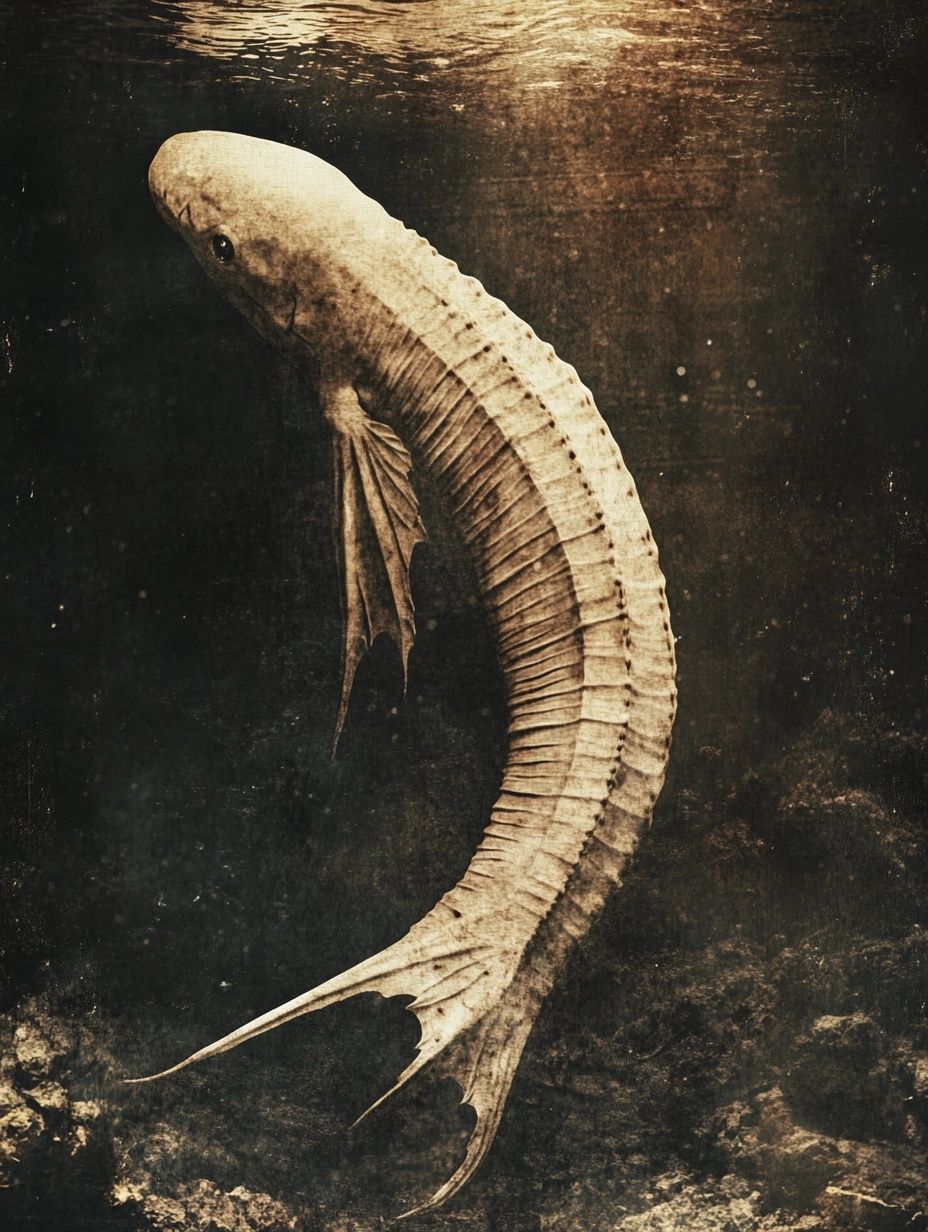
Origins of the Legend
Lagarfljótsormurinn is a lake-dwelling creature said to inhabit Lagarfljót, a glacial lake in East Iceland near the town of Egilsstaðir.
The first recorded mention of the creature dates back to the 14th century, making it one of the oldest written accounts of a supposed lake monster.
Unlike many cryptids, which often emerge from modern urban legends, Lagarfljótsormurinn has been a part of Icelandic folklore for centuries.
A well-known folk tale explains its origin: A girl was given a gold-bearing worm, which was supposed to increase her wealth if placed inside a chest of gold.
Instead, the worm grew uncontrollably. In fear, she threw both the chest and the creature into Lagarfljót, where it continued to expand, eventually becoming a menace.
Whether this story was meant to explain real events or serve as an allegory is uncertain, but its longevity suggests it had cultural significance beyond a simple cautionary tale.

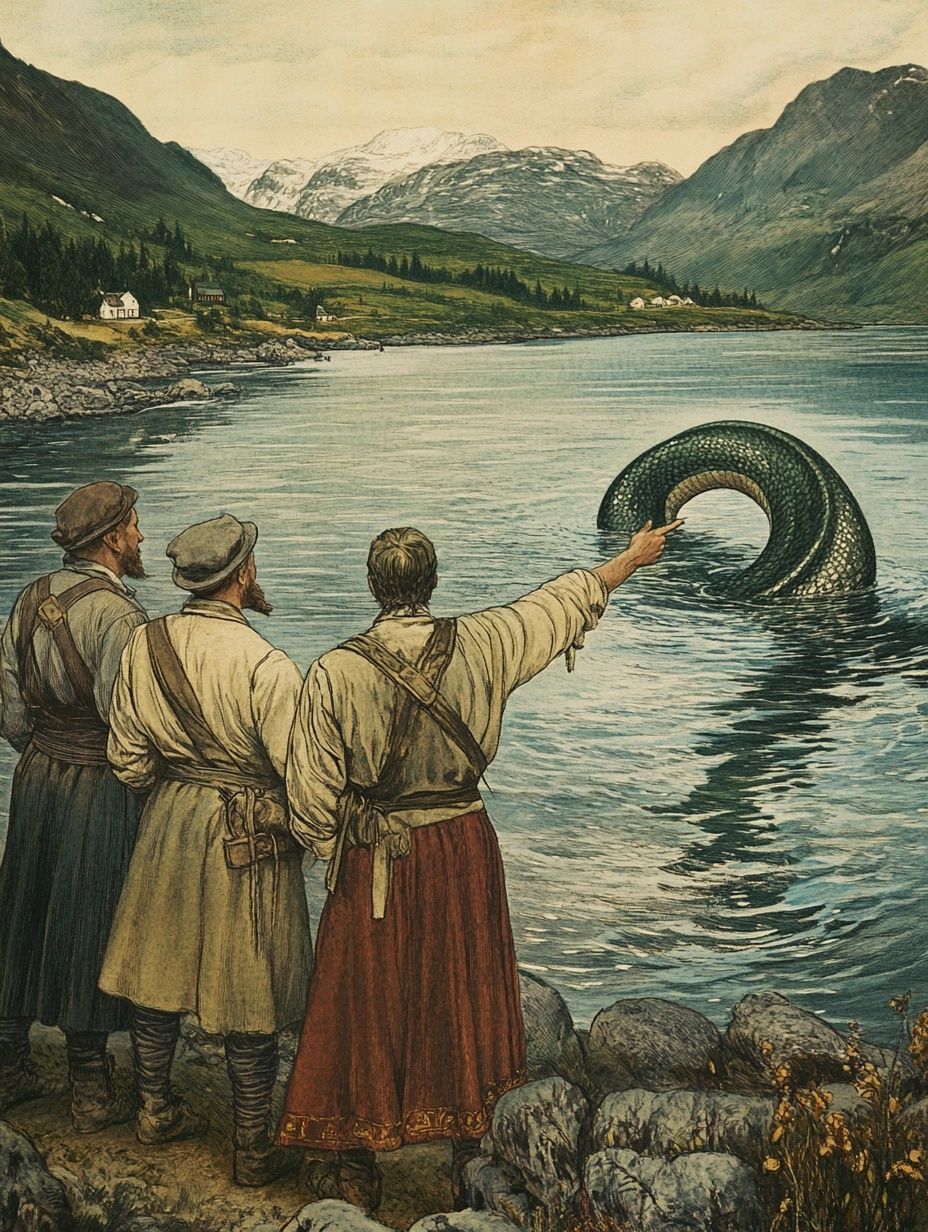
Early mentions and historical records
The first written mention of Lagarfljótsormurinn appears in Icelandic annals from the 14th century, where it is briefly referenced as a known entity.
However, the most detailed descriptions come from later centuries, when sightings began to be recorded systematically.
One of the most frequently cited early accounts is from 1589, when Bishop Oddur Einarsson wrote about the creature in his description of Iceland.
He reported that many people claimed to have seen a great serpent-like beast in the lake, sometimes appearing above the water.
A more detailed report comes from 1637, when a group of eyewitnesses claimed to see the creature near the shore.
Their account, written down at the time, describes a large, coiling body moving against the current.
This sighting was significant because it was documented by multiple people simultaneously, increasing its credibility compared to isolated reports (a similar thing happened in recorded sightings of the
Gloucester/Cape Ann sea serpent in Massachusetts).
20th-Century sightings
Sightings persisted into modern times. In 1924, a group of local farmers and fishermen claimed to have seen the creature near the surface.
This sighting was noteworthy because the observers described specific movements, suggesting an animate object rather than floating debris.
In 1963, workers constructing a hydroelectric plant along the river that feeds into Lagarfljót reported seeing a large, worm-like figure moving upstream against the current.
This sighting is often referenced because the conditions made optical illusions less likely - the observers were in a controlled, industrial environment rather than an open landscape where reflections or mirages could distort perception.
The 1983 eyewitness report
One of the most widely cited modern encounters occurred in 1983, when an entire group of tourists and locals reported seeing a large, serpent-like object in the water.
Unlike previous accounts that described brief glimpses, this sighting reportedly lasted for several minutes, allowing observers to note specific features such as its segmented appearance and rolling motion.
No photographs were taken, but written records from multiple sources confirm the report.
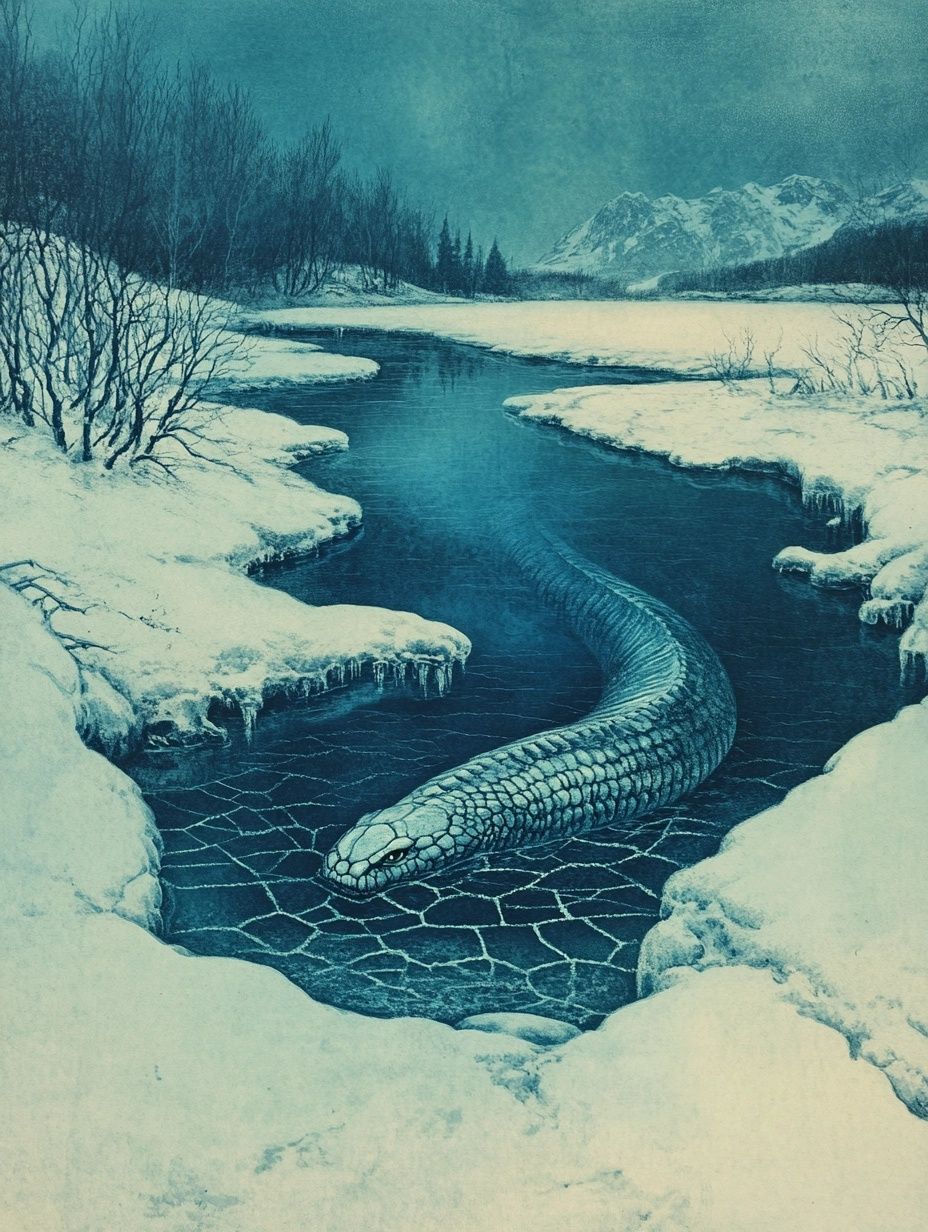
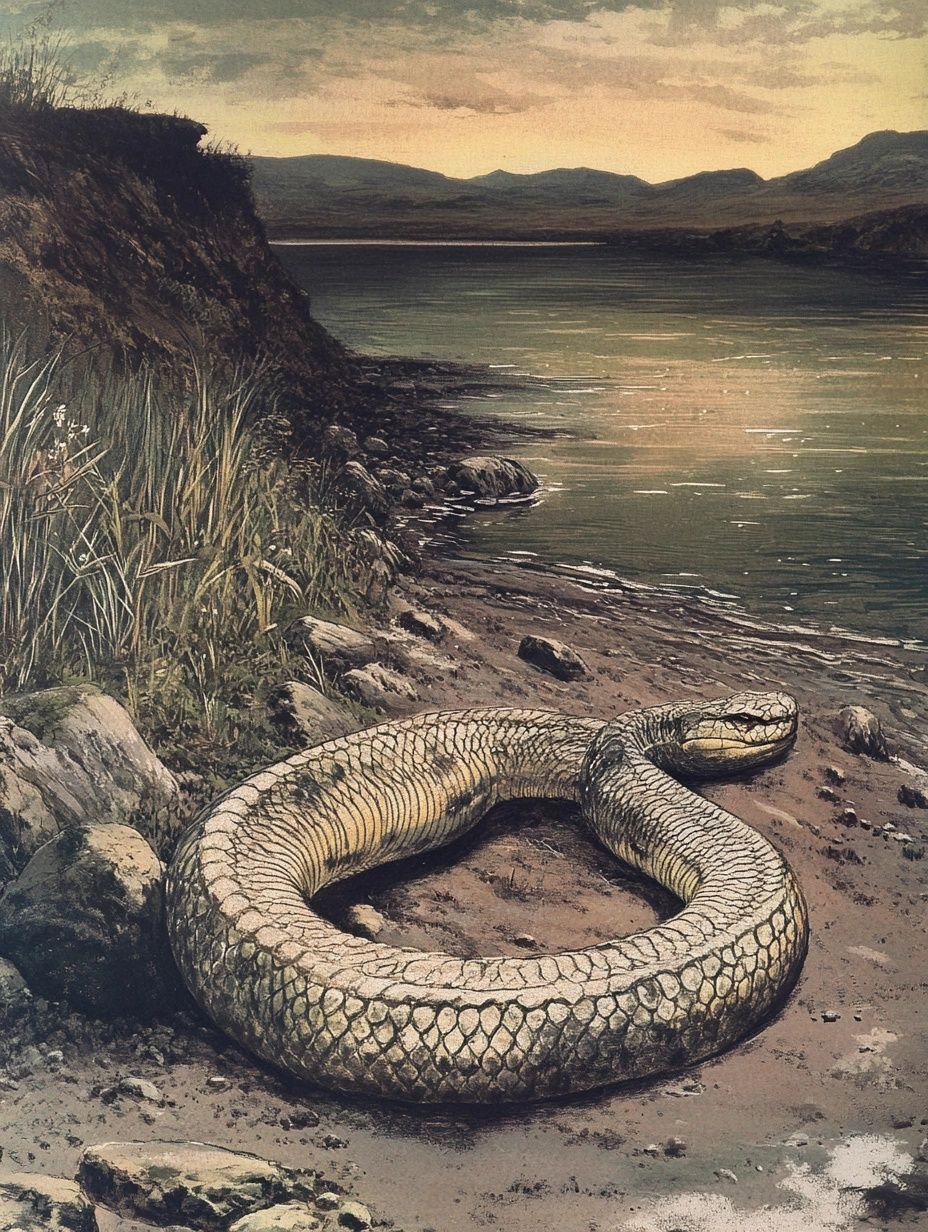
The 2012 video controversy
The most publicized modern sighting occurred in 2012, when farmer Hjörtur Kjerúlf recorded a video showing what appeared to be a large object moving beneath the water’s surface. The footage went viral, attracting attention from international media and cryptozoologists.
However, the video was analyzed by experts and several explanations emerged:
- Some researchers suggested that the movement resembled a tangled fishing net caught in the current.
- Others said that it could be a frozen mass of plant material drifting under the ice, creating an illusion of movement.
- A small number of analysts argued that the footage was consistent with some earlier eyewitness descriptions, though no conclusive proof was found.
Despite its uncertain authenticity, the video reignited interest in the legend and prompted local authorities to "officially recognize" the existence of Lagarfljótsormurinn in 2014 - though this was largely a symbolic gesture.
Scientific explanations
- Glacial phenomena – Lagarfljót is a glacial lake, so it's rich in sediment and often opaque. This could cause drifting debris, trapped gas bubbles, or ice formations to move in ways that resemble an animal.
- Wave patterns – certain standing waves or subsurface currents can create repeating patterns on the water’s surface, which may appear similar to a segmented body.
- Optical illusions – the lake’s long, narrow shape, combined with light refraction, may distort objects and make them appear larger or more serpentine than they actually are.
- Misidentified wildlife – some have suggested that large schools of fish, floating logs, or even unusual eels may account for some sightings (another popular theory amongst water cryptids).
Lagarfljótsormurinn in Icelandic Culture
Unlike other cryptids that have been primarily commercialized, Lagarfljótsormurinn remains deeply tied to local folklore rather than mass tourism. While the legend attracts visitors to East Iceland, it's still primarily viewed as part of the country’s oral history rather than a commercial spectacle.
Some of this has to do with geographical isolation – unlike Loch Ness in Scotland, for example, which is surrounded by dense tourism, Lagarfljót is more remote, which ultimately helps to preserve the authenticity of the legend.
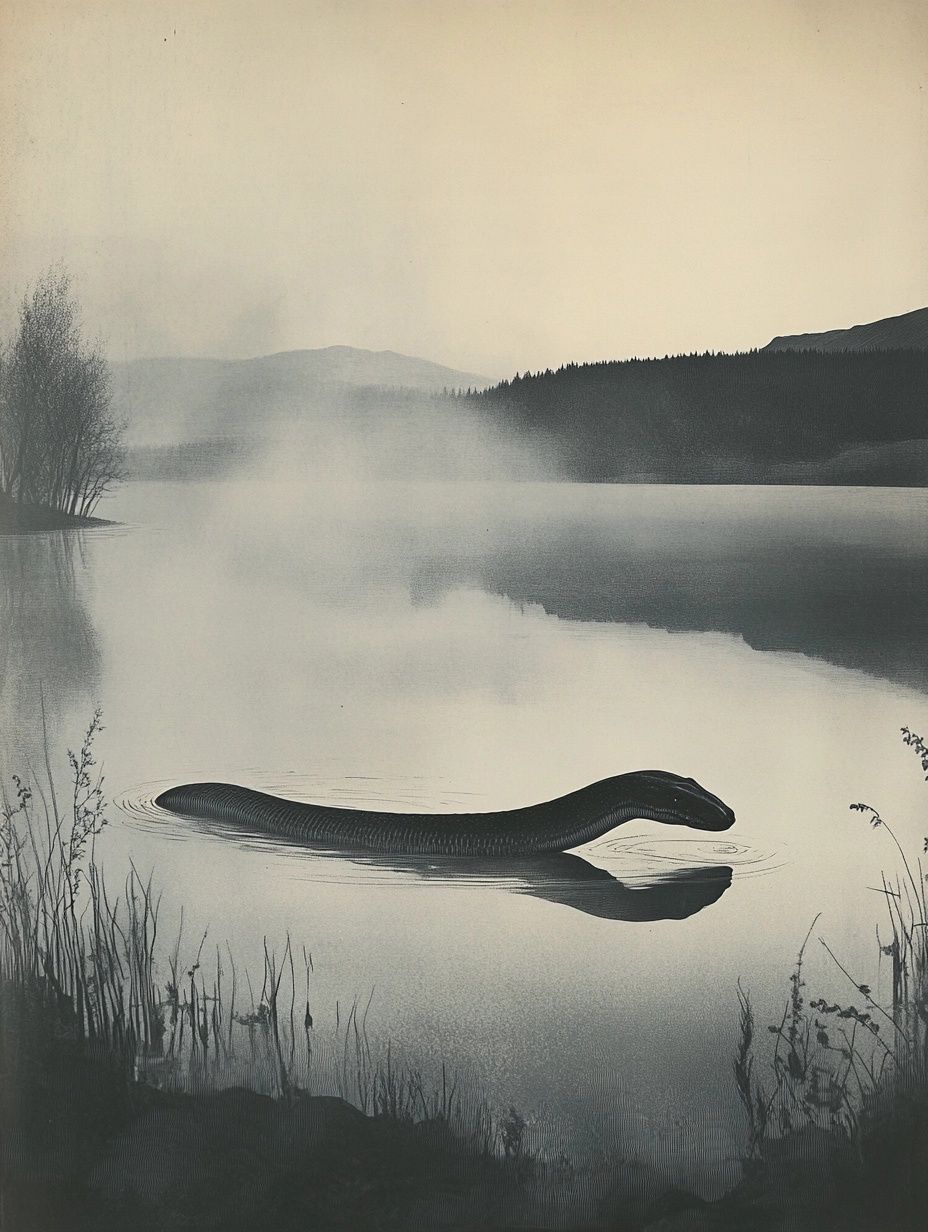
Similar sea & lake cryptids
Water-serpent creature sightings are especially rampant in the US and Canada, here are a couple of others to check out:
- Cadborosaurus, a reported creature from the Pacific Northwest first spotted in 1791
"The first recorded mention of Lagarfljótsormurinn dates back to 1345 in Icelandic annals, making it one of the oldest written lake monster legends in the world."
— Íslenzkar þjóðsögur og æfintýri, Jón Árnason (1862-1864)
HISTORICAL OBSERVATION
Lagarfljótsormurinn remains one of Iceland’s most persistent folklore mysteries.
Is it really just a misidentified natural phenomenon or a complete figment of imagination? While modern science can offer explanations for many sightings, none have definitively disproved all historical accounts.
In the end, real or not, Lagarfljótsormurinn is an important piece of Icelandic culture and identity and another fascinating
cryptid story for the history books.
Article sources
- Árnason, Jón. Íslenzkar þjóðsögur og ævintýri. Leipzig: J.C. Hinrichs, 1862–1864
- Maurer, Konrad. Isländische Volkssagen der Gegenwart. Leipzig: Verlag von Ludwig Schwanzen, 1860
- Hafstein, Valdimar Tr. Meeting the Elves: The Cultural Politics of an Icelandic Superstition. Berkeley: University of California Press, 2015



